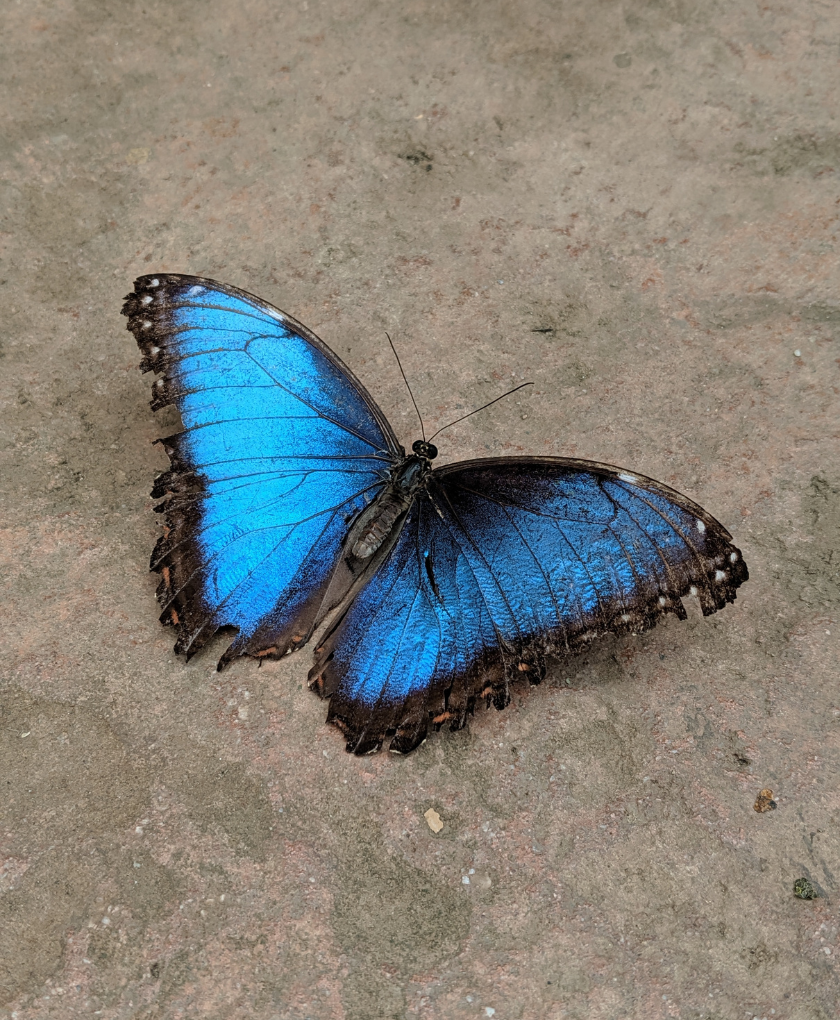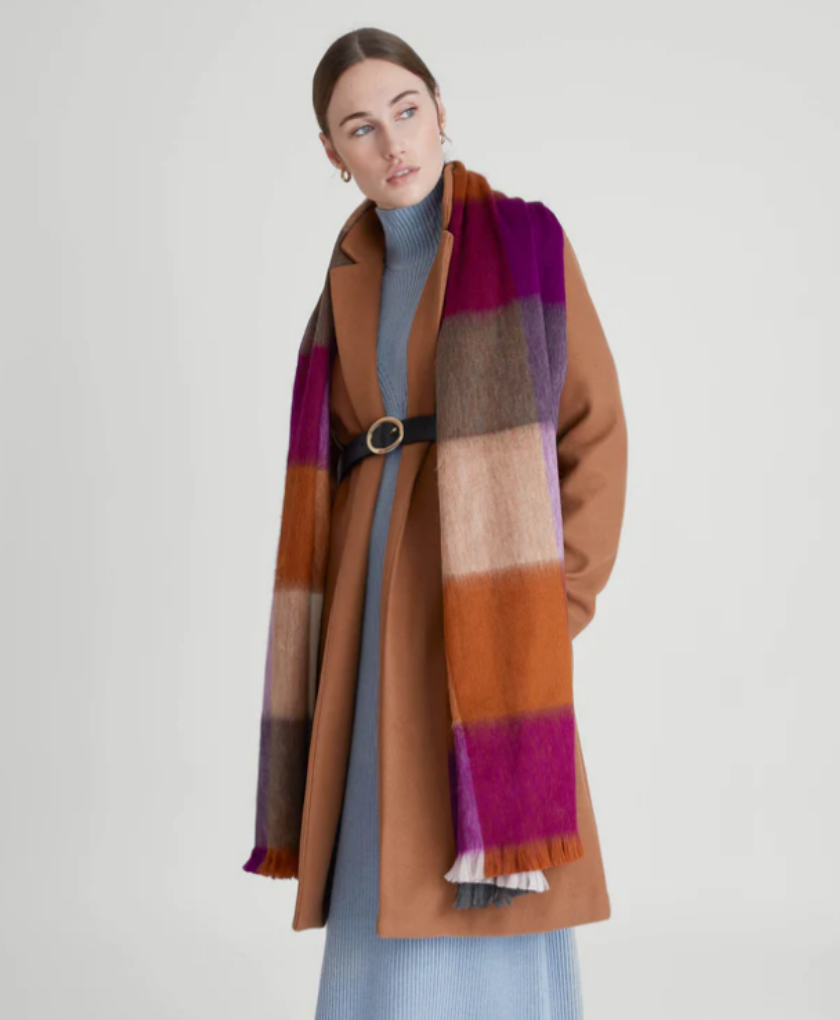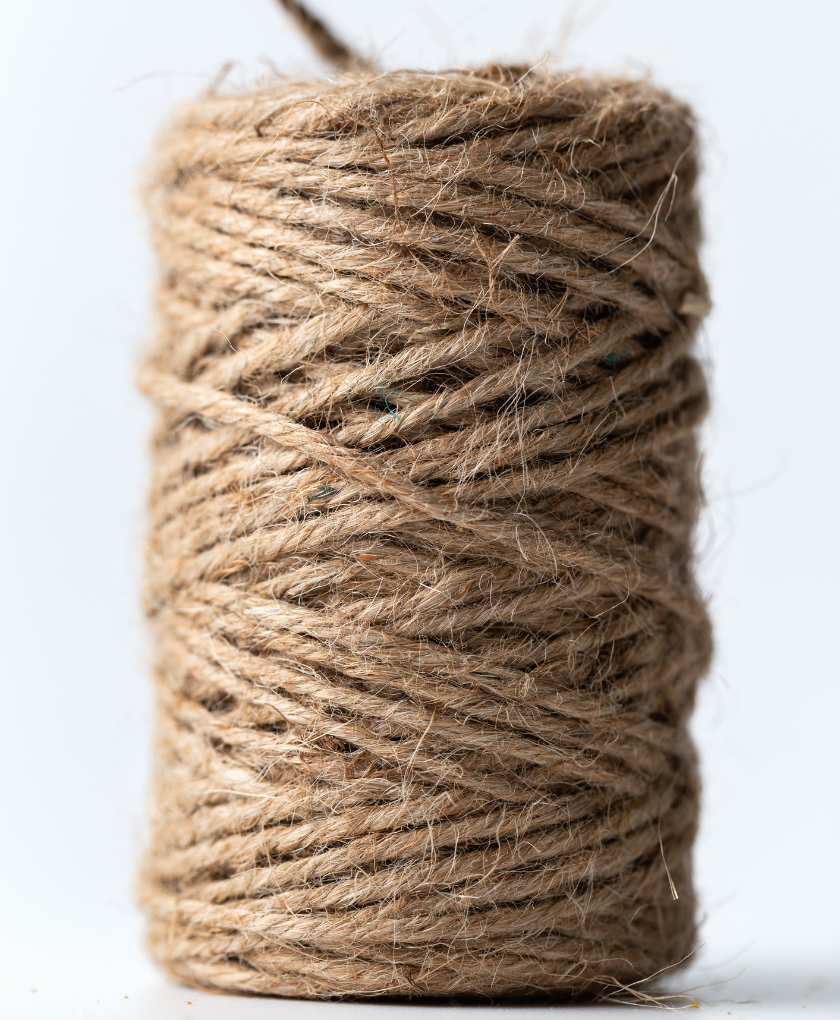Carmen Bouyer: using art to harmonize cities with nature
people that inspire us
24 october '22
Reading time: 5 minutes
Ecological artist, educator and curator, Carmen Bouyer, shares with us her dedication to building poetic, ecocentric collaborative experiences in cities. Read on to unearth her analysis of how urbanized societies can better harmonize with nature.
Words by Daria Müller Velasquez
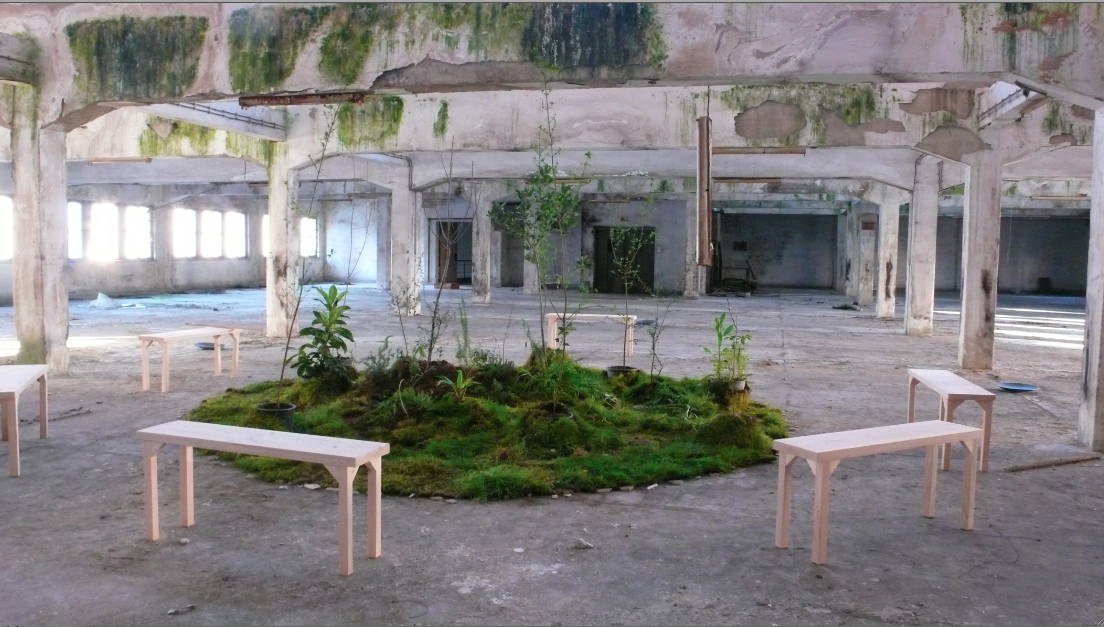
"Yaban Bostan" art installation by Carmen Bouyer at Port Izmir 3 Contemporary Art Triennale, 2014.
Who is Carmen Buoyer?
Born in Paris in 1988, Carmen Bouyer has always been attracted to art. “I started studying art when I was five years old. As a child, I drew a lot, and my parents enrolled me in several classes,” Carmen begins. “When I was eighteen years old, I decided to go to an art and design school. I studied sustainable design because at the time it was the only arts department focused on sustainability in my school. There were other areas of art that I was interested in, such as photography, video, theater, but these areas received less attention from the school than design,” the Parisian artist continues. She was most focused on sustainable access to food and other services. According to Carmen, in the design world, some designers are kind of moving away from the idea of creating new objects, but rather making services have less impact by reusing things, that’s why she began working with this trend, with a special focus on food.
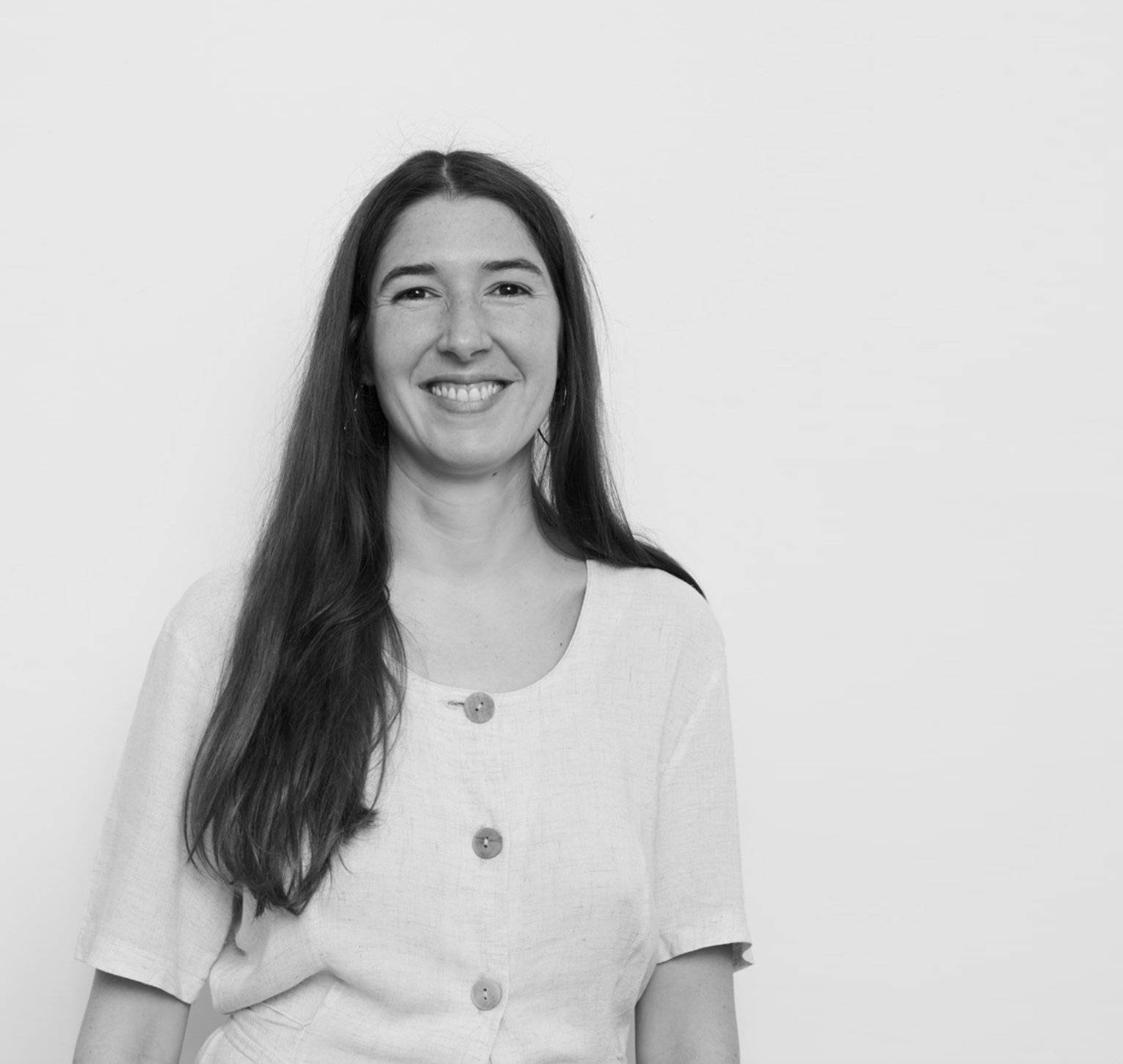
Portrait by Maxime Leyvastre
Her journey
From 2010 to 2011, Carmen completed an Environmental Studies program in New York at Parsons School of Design and the Eugene Lang College of Liberal Arts. Following this in 2012, Carmen obtained her Master’s in Design at l'École Nationale Supérieure des Arts Décoratifs in Paris. After graduating, Carmen interned at an organic farm in Turkey where she was invited to enroll in an art training course, leading her to present her first art installation to the public. These experiences ultimately led her to the research projects she is continuously working on, devoted to sustainable food systems and farmers in the Middle East.
Driven by her passion for both design and the sustainable food movement, Carmen is now exploring the possibilities of merging the two to form a new way of creative city living, looking specifically at urban agriculture and resilient design in her current city of residence, Paris. In doing so, she aims to integrate efficient technical solutions into subtle artistic practices. By talking to local Parisians and truly getting to know her surrounding landscape, Carmen collaboratively conceives innovative and culturally relevant concepts and designs that reveal a shared narrative and heritage.
When asked about her greatest source of inspiration, Carmen does not hesitate: “Oh definitely nature, the nature that surrounds us. And how people are intimately related to it, the ways we as humans respect nature is very much what I feel so inspired by. And it is different in every culture, every place.”
Sustainability plays a very important role not only in her work but in her day to day life. “It's definitely a huge focus in my life and I pay a lot of attention to being as sustainable as I can. But to be honest, living in France I am one of the biggest polluters in the world because infrastructure, roads, and electricity in my country create enough impact to pollute the environment,” she admits. “Regardless, I do try to live sustainably. I am vegetarian, I recycle as much as I can and travel a lot less than I used to. It's been two and a half years since I last flew on a plane. But this is just a drop in the ocean, and I try to show as much respect to that topic as possible."
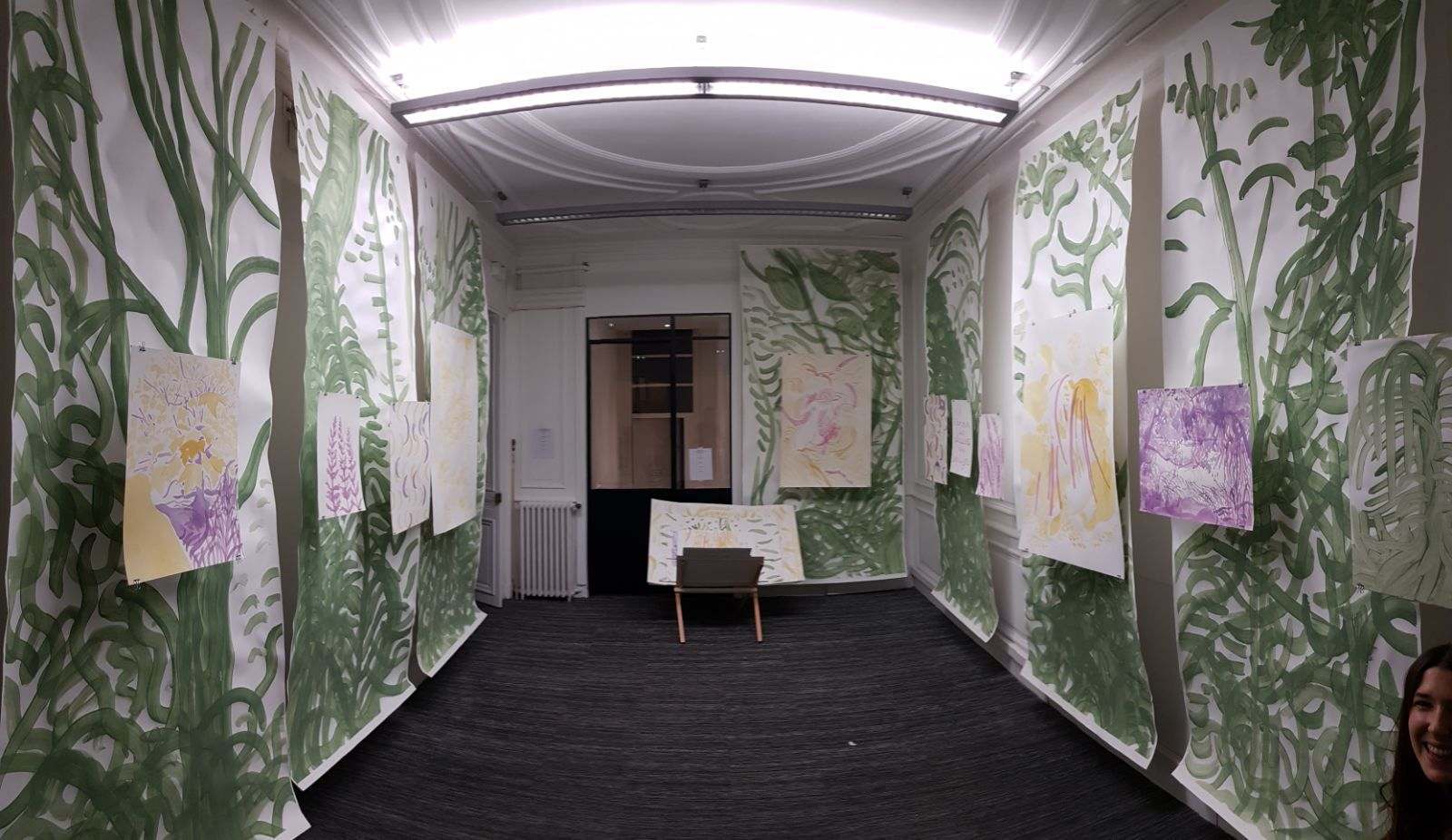
"De la forêt et du fleuve" art installation by Carmen Bouyer at Editions l'Iconoclaste, 2018.
What's next?
In the future, Carmen aims to continue working on her ecological art, devoting more time to nature and nurturing a culture intertwined with the earth. “Through my research, I really want to connect with nature. Here, in and around Paris, it’s not always easy to find a road that leads to natural monuments so I want to continue cultivating this closeness in the city. Or around the city. Because I'm from there, and I want to do more with artists and people who care about the land, who are farmers, gardeners, and biologists,” she explains. “And another trend that I would like to delve into more is ecofeminism; to support this movement in which women feel comfortable in their bodies and can develop their femininity. I think it is also related to this transition when there is more space for so-called female values, and I would like to be a part of this."
Collaboration remains in the cards for this vibrant and inspired artist. She notes that she would like to work with as many people as possible who hold the same values. She really enjoys being with children and she teaches eco-art lessons to them. She has also taught young people where she created a space for them to express their relationship with the earth. “I would like to continue taking my research in this direction, but also attract the older generations who have life experience and wisdom. Yes, I think diversity is the key to the success of any system", she says.
Besides that, Carmen would like to attract a scientific audience to be able to promote her work and place it in a new research framework. “I had the opportunity to work in Turkey and the U.S. with ethnobotanists who connect the worlds of botany and culture, as well as talking to ecologists here in Paris. This experience made me realize how important it is to connect with people who observe local nature and understand all of its processes. It is these people with a professional knowledge that are so necessary for the modern world, which not only help to develop science, but also change our world as a whole. The scientific approach is very important since this is the language spoken by most people across the globe. And perhaps this language can help to change our future for the better.” And we can’t wait to see her future projects realized here at Staiy, in order to inspire more people towards education and awareness.





